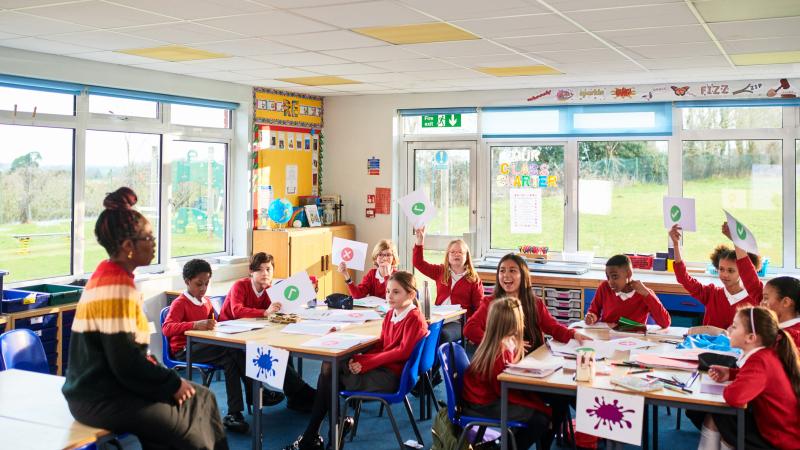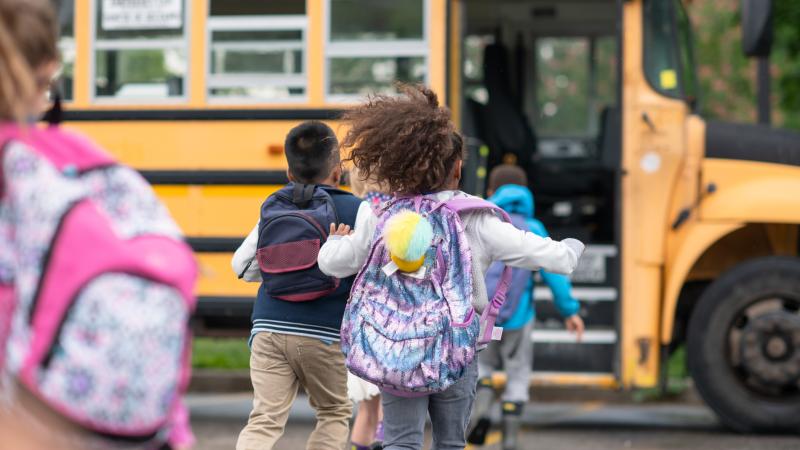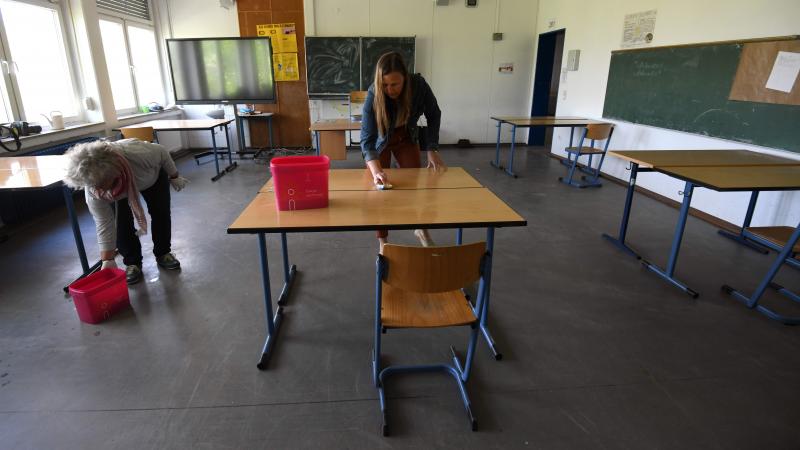Amid reopening debate, CDC reports school-age kids make up tiny fraction of COVID deaths
Districts are announcing indefinite closings over pandemic but data shows children 5- to 14-years-old constitute just 0.012% of COVID-19 deaths.
The Centers for Disease Control and Prevention revealed this week that school-age children constitute a tiny fraction of total COVID-19 deaths across the country, news that comes even as teachers, school staff, parents and public officials throughout the United States are demanding indefinite closures of classrooms.
The CDC's latest provisional COVID-19 death count, updated on Wednesday, reports that as of July 11 just 16 American children in the key 5-14-years-old school-age bracket had died from COVID-19. Those fatalities constitute just 0.012% of the 130,250 deaths total at the time the dataset was compiled earlier this month.
The strikingly low number comes even as education officials and teachers are demanding open-ended shutdowns of local school systems, claiming that reopening school buildings for instruction in the fall would be placing undue risks on students and staff. Huge school districts such as those of Los Angeles and Fairfax County, Va., have pledged to continue virtual learning when the fall semester begins; countless other smaller districts have also vowed to keep school buildings closed in August.
Risks appear universally low for school-aged children
Bolstering the CDC's report this week, data throughout much of the world indicate that few school-age children get seriously ill from COVID-19 while even fewer die from the disease.
Many authorities both in the U.S. and elsewhere have urged schools to reopen. CDC director Robert Redfield said earlier this month that "having the schools actually closed is a greater public health threat to the children than having the schools reopen." A major Canadian pediatric hospital, meanwhile, said last month that schools should reopen with minimal restrictions and regulations.
Though officials have argued that schools should stay closed in part to protect children, some have claimed that the risk of children spreading the disease to vulnerable populations should also be taken into account.
"A 10-year-old student might have a 30-year-old teacher, a 50-year-old bus driver or live with a 70-year-old grandmother," Los Angeles Unified School District Superintendent Austin Beutner said earlier this month. "All need to be protected."
Yet a study out of Australia earlier this year found that COVID-19 spreads in schools "considerably less" than influenza. A report earlier this month in the medical journal of the American Academy of Pediatrics, meanwhile, states that "children are not significant drivers of the COVID-19 pandemic" and that children "most frequently acquire COVID-19 from adults, rather than transmitting it to them."
The Facts Inside Our Reporter's Notebook
Links
- The CDC's latest COVID-19 death counts
- Just the News: Education officials drag feet as evidence mounts that schools are safe
- CDC director says closing schools poses larger health risk than opening them
- Australian study: COVID-19 does not spread easily in schools
- The AAP's report on child COVID-19 transmission
















